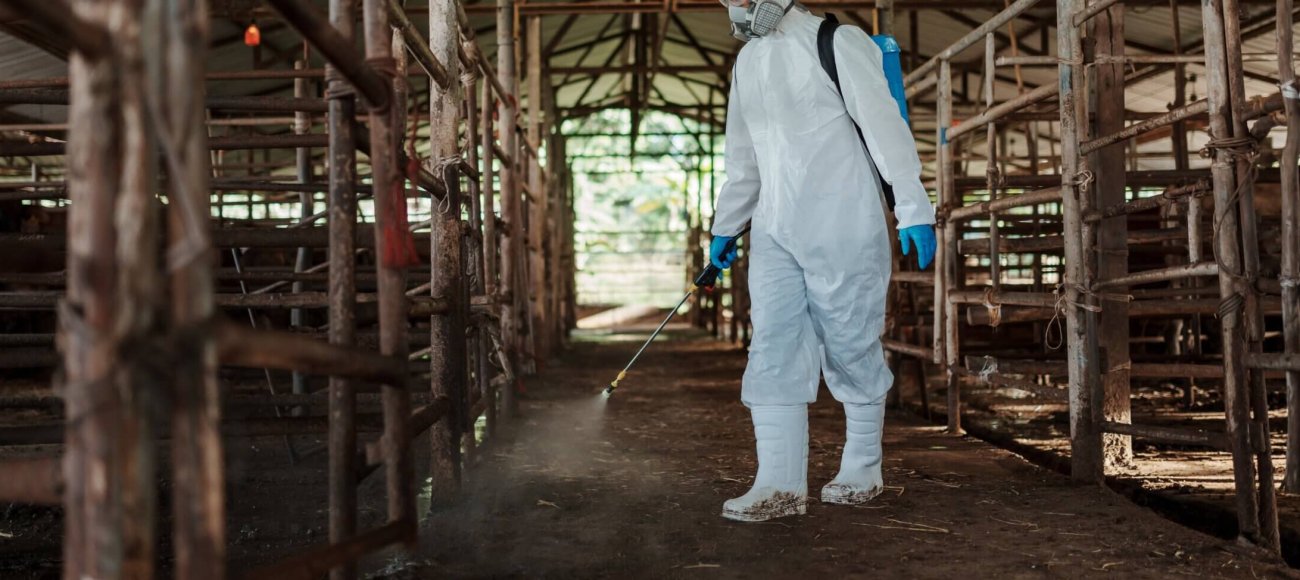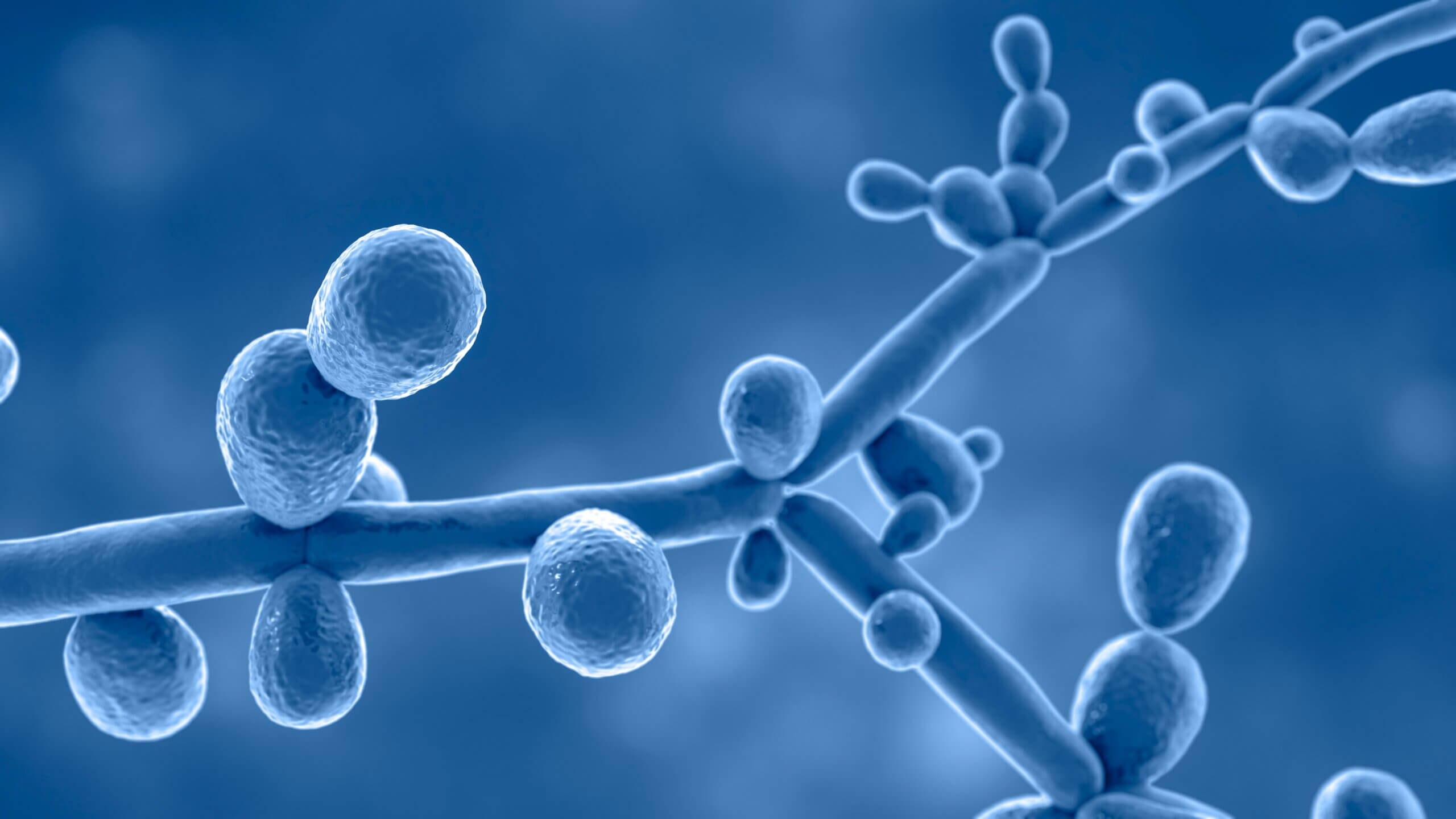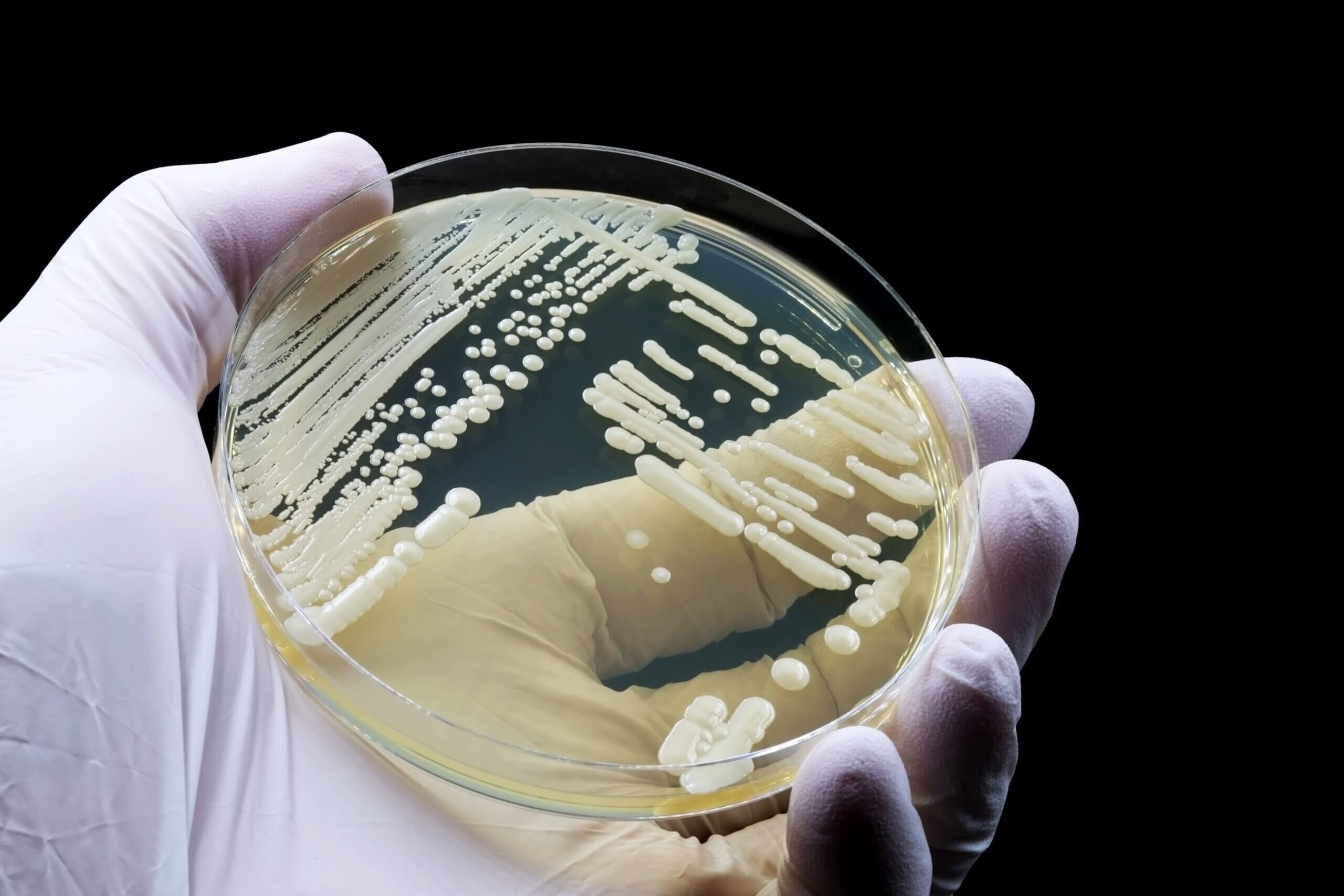Disinfectants against zoonotic diseases
Zoonotic diseases such as avian influenza and Lyme diseases are driving the next wave of global health threats. As we continue to witness the increase in these infections, a rather simple question arises: could the key to preventing the next outbreak lie in something as ordinary as a disinfectant? The answer may surprise you. Far from being just a routine cleaning agent, disinfectants have the potential to disrupt the spread of zoonotic diseases. Let’s understand how disinfectants contribute toward disinfection in animal settings and disease prevention.
The importance of disinfection in zoonotic disease prevention
Disinfection refers to the process of eliminating or reducing the presence of harmful microorganisms from surfaces, objects, or other environments. Disinfectants against zoonotic diseases, when properly used, will reduce the microbial load in an environment and inadvertently break the vicious cycle of zoonotic disease transmission. This is especially important in areas with huge potential for cross-contamination, which may include but are not limited to farms, veterinary clinics, and homes where pets live.
Breaking the chain of transmission
The most critical role of disinfectants against zoonotic diseases is breaking the transmission chain. Several zoonotic pathogens may survive for a long time on surfaces, equipment, and in the environment. Applying proper disinfectants on such surfaces destroys such pathogens, hence reducing the chances of human or animal infections.
Targeting key areas for disinfection
The effectiveness of disinfectants against zoonotic diseases can be maximized by focusing on disinfecting key areas that are prone to contamination. These areas include:
Animal housing
- In farms or homes where animals are kept, disinfection of cages, bedding, and feeding areas to avoid the spread of zoonotic pathogens.
Common touch surfaces
- Disinfecting high-touch surfaces such as doorknobs, tables, and floors should be done regularly to reduce the pathogen transfer risks between animals and humans.
Veterinary facilities
- Disinfecting the examination tables, equipment, and instruments in veterinary clinics is essential to avoid cross-contamination between animals and humans.
Outdoor environments
- In areas where animals interact with natural environments such as agriculture or wildlife areas, it is important to disinfect tools and equipment used.
The role of disinfectants in food safety
Another critical area where disinfectants against zoonotic diseases play a critical role is the food safety sector. Zoonoses are often transmitted to humans through contaminated animal products, which can be either meat, milk, or eggs. These products serve as common sources of infections caused by pathogens like Salmonella and Campylobacter. By applying disinfectants during food processing, packaging, and preparation, the chances of human infection by these pathogens will be kept under strict control.
For instance, disinfectants utilized in slaughterhouses and food production centers can kill most of the bacteria present on the surfaces and equipment and hence prevent the contamination of food products. Consumers can also use disinfectants at home by cleaning kitchen surfaces, utensils, and cutting boards to reduce the chances of infection while preparing meals.
Choosing the right disinfectant for zoonotic pathogens
Choosing the right disinfectant product for each situation is very critical. Disinfectants against zoonotic diseases can differ in effectiveness depending on the types of pathogens and the environment in which it is applied.
Types of disinfectants
Alcohol-based disinfectants
- These disinfectants are effective against a large number of bacteria and viruses and are suitable for use on surfaces and hands. However, they may not be very effective against some fungi and spores.
Chlorine-based disinfectants
- Chlorine is effective in killing many bacteria, viruses, and fungi, due to which it is used in the disinfection of water and surfaces. It is used mainly in swimming pools, drinking water, and food product facilities.
Quaternary ammonium compounds
- These disinfectants exhibit a wide spectrum of activity against bacteria and are often applied in healthcare environments. They can be applied to surfaces and equipment to reduce microbial contamination.
Hydrogen peroxide-based disinfectants
- Hydrogen peroxide shows a broad spectrum of activity against viruses, bacteria, and fungi. It is often utilized for disinfection in hospitals and veterinary clinics.
Factors to consider when choosing disinfectants
When selecting a disinfectant, several factors must be considered:
Pathogen type
- Different pathogens are susceptible to different disinfectants. Thus it is important to use a disinfectant that has proven effectiveness against a particular zoonotic pathogen.
Surface type
- The material of the surface being disinfected can influence the effectiveness of the disinfectant. For instance, some disinfectants may not work well on porous surfaces like wood or fabric.
Contact time
- Disinfectants require a specified contact time to kill the pathogens. It is important to allow the disinfectant to work for the contact time as instructed by the manufacturer to ensure its full effect.
Safety
- Some disinfectants can be harmful to humans and animals upon improper use. The safety of a disinfectant must be duly considered, especially in environments where humans and animals are in very close contact.
Certifications
- Always use certified disinfectant products to ensure that your products meet the required disinfection standards. Look for labels such as EN 14476 certified, EN 13727, or EN 1650 certified to ensure that these products meet international disinfection standards.
Best practices for disinfectant use
To effectively use disinfectants against zoonotic diseases, the following best practices are essential:
Clean before disinfecting
- Dirt and organic material can reduce the actual efficacy of disinfectants. Therefore, it is obligatory to clean the surfaces to be disinfected.
Follow instructions
- Always follow the manufacturer’s instructions in terms of dilution, application, and contact time so that the disinfectant can work as intended.
Use appropriate personal protective equipment (PPE)
- When working with strong disinfectants, use gloves, masks, and eye protection to avoid possible damage.
Regular disinfection schedules
- Establish a scheduled cleaning and disinfection routine to regularly reduce microbial load, particularly in high-risk areas.
The spread of zoonotic diseases presents a serious threat to public health, but disinfectants against zoonotic diseases can help fight against these infections. Breaking the chain of transmission with the help of disinfectants can prevent the spread of zoonotic pathogens from animals to humans. Whether in animal housing, veterinary clinics, food production, or our homes, the proper use of disinfectants can help maintain safety.
At Microbe Investigations Switzerland, we provide comprehensive testing services for manufacturers and developers of disinfectant products to ensure that their products meet the required standards of disinfection and thus contribute to the control of zoonotic infections.
Contact our experts today to learn more about our disinfectant efficacy testing services!














